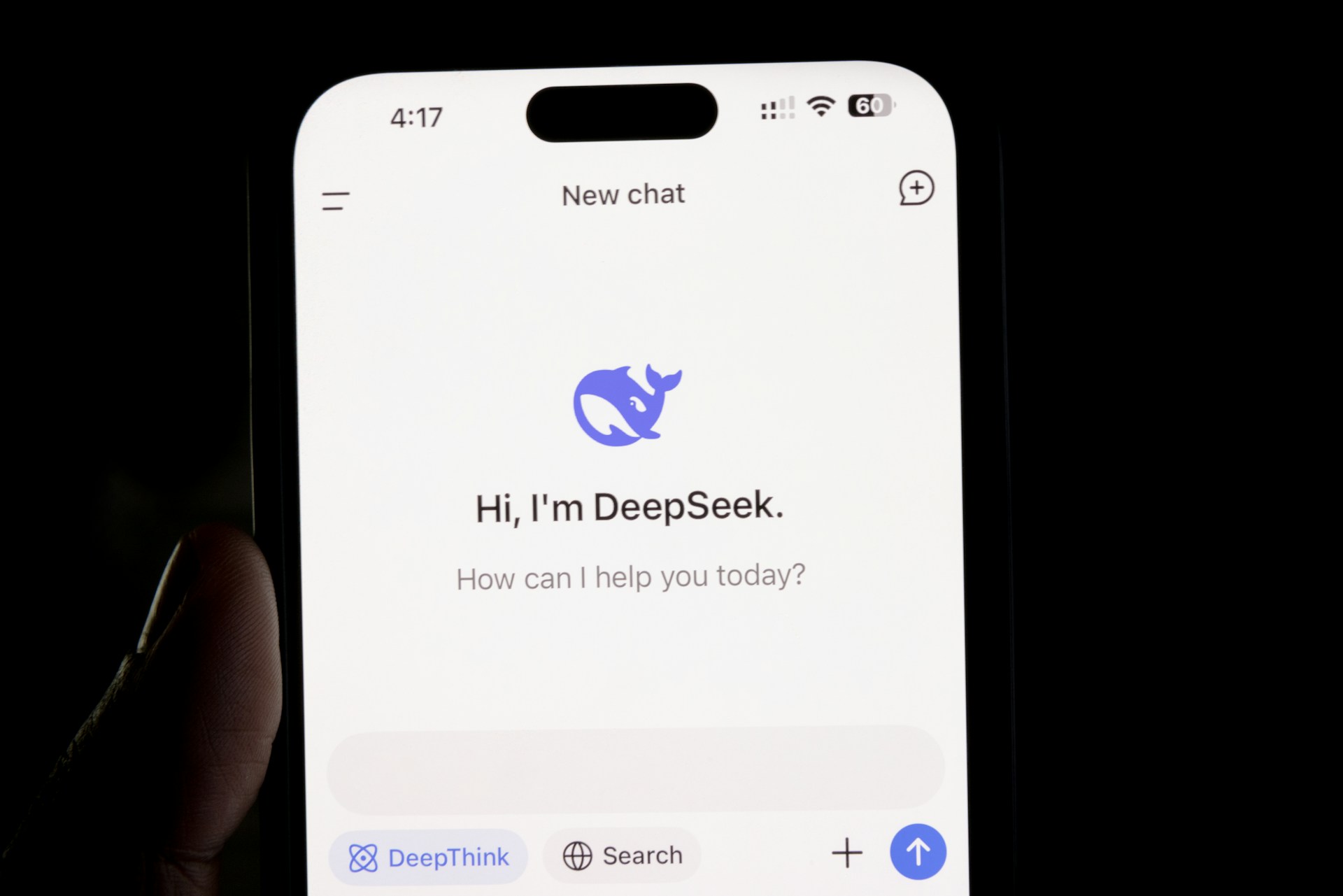DeepSeek has taken the digital world by storm.
Chinese AI lab DeepSeek captured global attention this week after its chatbot app skyrocketed to the top of both the Apple App Store and Google Play charts. With its compute-efficient AI models, the startup has sparked debate among Wall Street analysts and technologists alike—raising concerns about whether the U.S. can maintain its edge in the AI race and if the demand for AI chips will remain strong.
The Origins of DeepSeek
DeepSeek is backed by High-Flyer Capital Management, a Chinese quantitative hedge fund known for using AI to drive its trading strategies. Founded by AI enthusiast Liang Wenfeng—who first dabbled in trading while at Zhejiang University—High-Flyer shifted its focus in 2019 to developing AI algorithms for finance. In 2023, High-Flyer launched DeepSeek as a dedicated lab to research AI tools independent of its trading operations. Soon after, the lab spun out into its own company, retaining the DeepSeek name.
From the start, DeepSeek invested in building its own data center clusters for model training. However, like many Chinese AI firms, it has been affected by U.S. export bans on hardware. For instance, to train one of its newer models, DeepSeek had to rely on Nvidia’s H800 chips—a less powerful alternative to the H100 chips available to U.S. companies.
DeepSeek’s technical team is notably young and dynamic, aggressively recruiting doctorate-level AI researchers from top Chinese universities. The company also hires individuals from non-computer science backgrounds to diversify its understanding of various subjects, as reported by The New York Times.
Breakthrough Models and Rapid Rise
DeepSeek first unveiled its lineup—DeepSeek Coder, DeepSeek LLM, and DeepSeek Chat—in November 2023. However, it wasn’t until the release of the next-generation DeepSeek-V2 models last spring that the AI community began to take serious notice.
The DeepSeek-V2 family, a versatile system capable of analyzing both text and images, not only excelled in several AI benchmarks but also operated at a much lower cost compared to competing models. This breakthrough forced domestic rivals like ByteDance and Alibaba to lower the prices of their own offerings, with some models even becoming free.
DeepSeek’s momentum continued with the launch of DeepSeek-V3 in December 2024. Internal benchmark tests claim that V3 outperforms both open downloadable models, such as Meta’s Llama, and “closed” models accessible only via API, like OpenAI’s GPT-4. Equally impressive is DeepSeek’s R1 “reasoning” model, released in January, which rivals OpenAI’s o1 model on key benchmarks. As a reasoning model, R1 effectively self-validates its answers—albeit with slightly slower response times—making it more reliable in areas like physics, science, and math.
However, as a Chinese-developed AI, DeepSeek’s models are subject to scrutiny by China’s internet regulators to ensure their outputs align with “core socialist values.” For example, in its chatbot app, R1 will not address sensitive topics such as Tiananmen Square or Taiwan’s autonomy.
A Disruptive Business Model
DeepSeek’s business model remains somewhat enigmatic. The company prices its products well below market rates and even offers some for free. Despite significant VC interest, it isn’t actively pursuing outside investment. DeepSeek attributes its extreme cost competitiveness to efficiency breakthroughs, though some experts question the figures provided by the company.
Developers have eagerly embraced DeepSeek’s models. While not “open source” in the traditional sense, the models are available under permissive licenses that allow commercial use. According to Clem Delangue, CEO of Hugging Face, developers have already created over 500 derivative models of DeepSeek’s R1, amassing a combined 2.5 million downloads.
DeepSeek’s disruptive approach has shaken up the AI industry. Its rapid rise even contributed to an 18% drop in Nvidia’s stock price in January and prompted public responses from figures like OpenAI CEO Sam Altman. In March, U.S. Commerce Department bureaus informed staff that DeepSeek would be banned on government devices, according to Reuters.
Microsoft has integrated DeepSeek into its Azure AI Foundry service—a platform that consolidates various enterprise AI offerings. When asked about DeepSeek’s influence on Meta’s AI spending during a Q1 earnings call, Meta CEO Mark Zuckerberg emphasized that investment in AI infrastructure would remain a “strategic advantage.” Meanwhile, in March, OpenAI described DeepSeek as “state-subsidized” and “state-controlled,” urging the U.S. government to consider banning its models.
During Nvidia’s Q4 earnings call, CEO Jensen Huang lauded DeepSeek’s “excellent innovation,” noting that the increased computational demands of reasoning models like DeepSeek’s are beneficial for Nvidia’s business.
However, not all responses have been positive. Some companies, as well as governments—such as those in South Korea and New York State—have banned DeepSeek from use on official devices.
Looking Ahead
The future of DeepSeek remains uncertain. While the company is expected to continue improving its models, mounting concerns about foreign influence may lead to further restrictions. In March, The Wall Street Journal reported that the U.S. government might extend its ban on DeepSeek for government use.
Originally published on January 28, 2025, this story is being updated regularly as new developments unfold.

